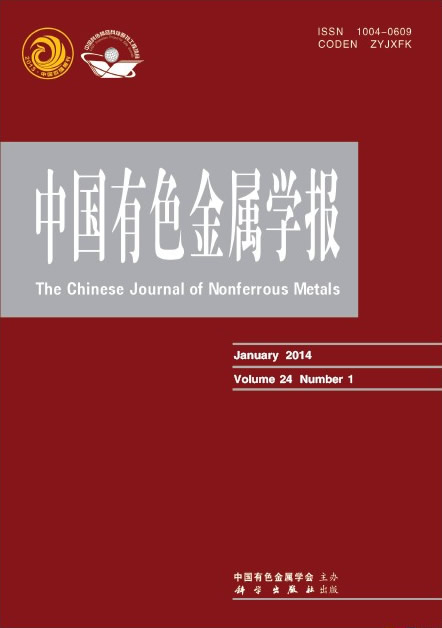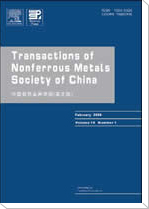(1. 兰州理工大学 甘肃省有色金属新材料省部共建国家重点实验室,兰州 730050;
2. 兰州工业高等专科学校 材料工程系,兰州 730050)
摘 要: 以n(NaCl):n(KCl):n(NaF)=2:2:1碱金属卤化物混合体系做载体,采用不同摩尔比的Na2SiF6和Si粉作渗硅剂,在800 ℃下利用熔融盐法分别对AISI 304不锈钢进行渗硅处理。采用X射线衍射仪(XRD)分析渗硅层的物相组成,用附带能量色散谱仪(EDS)附件的扫描电子显微镜(SEM)研究渗层截面的形貌和成分,分析熔盐法渗硅层的形成机理。结果表明:融盐中SiF62−的浓度决定渗层中Si元素的含量,由于SiO2在融盐体系中的溶解,融盐中SiF62−得到补充,渗层中Si元素的含量进一步提高。
关键字: AISI 304不锈钢;Fe3Si;硅化物渗层;渗硅机理;渗硅体系
(1. State Key Laboratory of Gansu Advanced Non-ferrous Metal Materials, Lanzhou University of Technology,
Lanzhou 730050, China;
2. Department of Materials Engineering, Lanzhou Polytechnic College, Lanzhou 730050, China)
Abstract:The silicide layers deposited on the AISI 304 stainless steel were formed in the molten salts at 800 ℃ using the molten mixture of different mole ratios of Na2SiF6 to Si using the siliconizing agent and the molten halogenide of alkali metals of NaCl+KCl+NaF at mole ratio of 2:2:1 as the siliconizing agent carrier. In order to reveal the siliconizing mechanism in the molten salts, the phase of the silicide layer was analyzed by X-ray diffractometry. Meanwhile, the micrographs and the composition of the cross section of the silicide layer were studied by scanning electron microscopy (SEM) attached with energy dispersive X-ray spectrometer (EDS). The results show that the silicon content in the layer depends on the ion concentration of SiF62− in the molten salts. The dissolving of SiO2 in the molten salts supplies the SiF62− continuously and as a result, the silicon content in the layer is enhanced.
Key words: AISI 304 stainless steel; Fe3Si; silicide layer; siliconizing mechanism; siliconizing system


